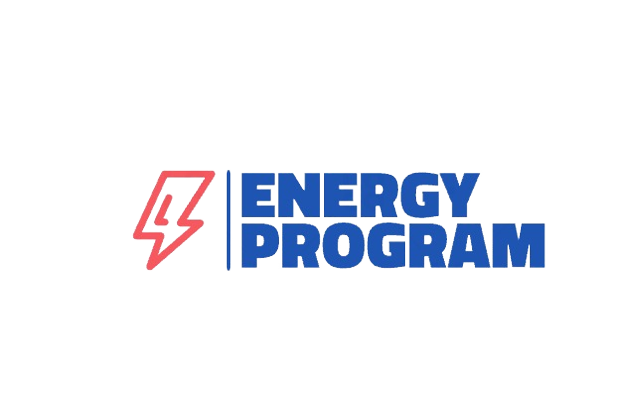The Victorian Energy Upgrades (VEU) program has long been a flagship initiative designed to reduce emissions and help households save money by incentivizing the installation of energy-efficient appliances. However, recent developments indicate that significant changes are on the horizon that could drastically impact the price of Victorian Energy Efficiency Certificates (VEECs).
Current VEEC Prices: Why They're Skyrocketing
As of October 11, 2024, VEECs are already trading at $103 per certificate, down slightly from their peak of $108.50, but still far higher than carbon credits in other states. This makes VEECs the most expensive carbon credits in Australia. By comparison, Australian Carbon Credit Units (ACCUs), which also measure carbon savings per tonne, are priced at approximately $36 per unit. The vast price difference places an added financial burden on Victorian households, as the cost of these certificates is ultimately passed on to consumers through higher energy bills
VEEC prices have risen dramatically since 2020, when certificates were priced at $30. This rapid price inflation has prompted the Allan government to announce plans for an overhaul of the VEU program, with the aim of easing cost pressures. Proposed changes include extending the program's timeline to 2045 and relaxing the time limits for certificate validation, which could release more certificates into the market and help bring prices down
Key Factors that Could Influence VEEC Prices in the Future
Supply and Demand Adjustments:
The VEU scheme operates on a supply-and-demand model, requiring electricity retailers to purchase millions of VEECs annually. By removing the strict timeline for certificate validation, the government hopes to increase the supply of certificates, which could relieve some of the price pressures. However, the effectiveness of this strategy remains to be seen.
Stronger Regulatory Oversight: Planned reforms also include giving the Essential Services Commission greater authority to regulate appliance installers. While this increased oversight is aimed at ensuring compliance and preventing fraud, it may also slow down the generation of new certificates if installers face additional regulatory hurdles.
Impact of the $5.9 Million VEU Review: A key element of the government’s response is a $5.9 million review of the VEU program. This review is expected to identify inefficiencies and recommend reforms to improve the program’s overall performance. Interim VEEC targets have already been set for 2026 and 2027, but the full impact of the review will only become clear as its findings are implemented.
Political and Economic Pressures: The debate surrounding the VEU program is highly polarized. Critics argue that the scheme is unfairly driving up costs for low-income households at a time of economic difficulty, while supporters maintain that it has successfully reduced power bills for many through energy-efficient upgrades. How the government balances these competing concerns will significantly affect the future pricing of VEECs.
What Can We Expect Moving Forward?
While the current price of VEECs remains high at $103 per certificate, the upcoming reforms are expected to create more stability and potentially lower prices over time. The increase in certificate supply, combined with improved regulatory oversight, could provide some relief to both consumers and electricity retailers. However, it remains uncertain how significant these price reductions will be and how long they will take to materialize.
With the VEU program now extended to 2045, businesses and consumers can plan for long-term participation in a more refined and efficient system. The key will be to monitor the ongoing review and regulatory changes closely, as these will ultimately shape the future landscape of carbon credit pricing in Victoria.
In conclusion, while VEEC prices are currently high, upcoming reforms have the potential to bring them down gradually. Stakeholders should prepare for a period of transition and keep a close eye on legislative developments as the Victorian government seeks to stabilise this critical emissions reduction program.
